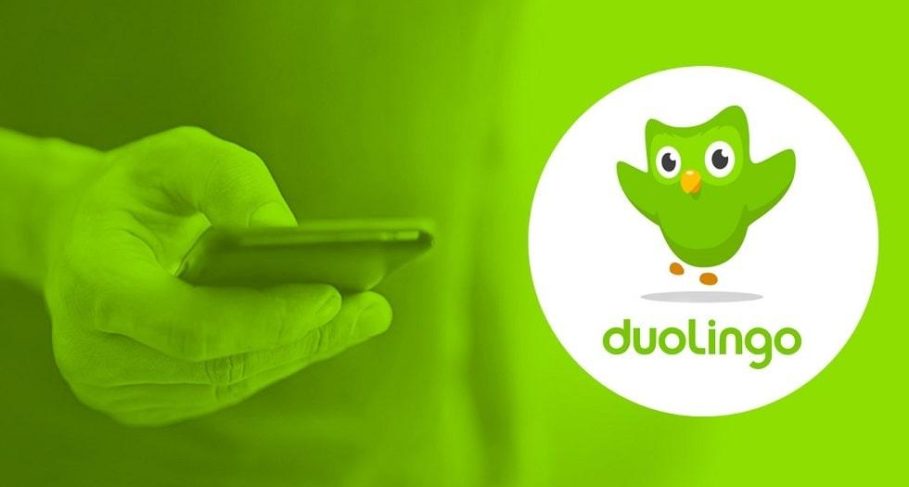Duolingo English Test (DET) has launched new and redesigned question types to make testing more convenient, accurate, secure and responsible. According to the statement, these changes, which include new item types and new Speaking, Writing, Reading, and Listening subscores, provide a more thorough evaluation of one’s English competence through cutting-edge advances in digital testing.
These changes will take effect on April 2, and individuals who want to undergo the test without them can take the certified test before then. Following are the redesigned question types:
Interactive Writing
- Interactive Writing expands upon the pre-existing ‘Read, Then Write’ question by encouraging users to elaborate on ideas. First, users will read and write about a prompt for 5 minutes.
- What’s new is the follow-up prompt related to the original one, for which they will get an additional 3 minutes to elaborate on the idea, making for a total duration of 8 minutes and 30 seconds.
Read and Select
- The Read and Select section asks users to select actual English words from the multiple words on a single screen.
- After the update, users still have to identify the actual words, but they will be presented individually on multiple screens, giving users 5 seconds to guess each. Test takers can expect about 15 – 18 words in this section of your test.
Fill in the Blanks
- This section comprises 6 to 9 sentences with an unfinished word that needs to be filled in.
- The redesigned Fill in the Blanks questions assess the depth and breadth of language proficiency, evaluating both word recognition and contextual usage. Context clues will also be provided to assist in completing sentences accurately.
Duolingo English Test is an English proficiency test for undergraduate and postgraduate programmes in the United States, United Kingdom, Canada, Australia, and Ireland. More than 5,000 universities around the world now accept the test. India has the most significant number of test takers, with a large proportion seeking graduate degrees in business, computer science, mathematics, and engineering. Indian applications increased by 9% compared to last year.
